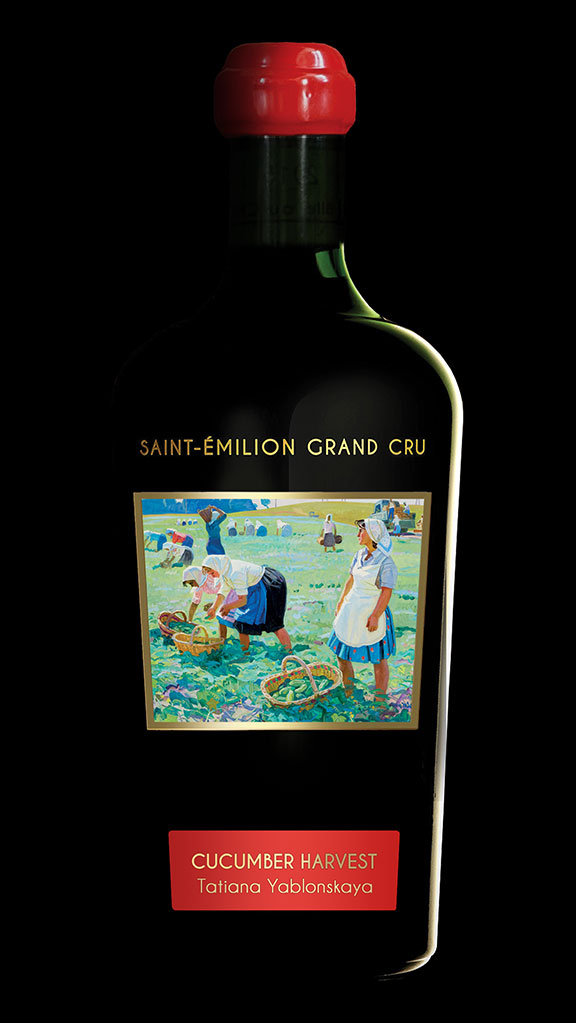Tatiana Iablonskaïa
Cucumber harvest (1966)
Without exaggeration, the art of Tatyana Yablonskaya (1917 – 2005) is familiar to every person born in the USSR. The heroine of her painting Morning (1954), a girl doing morning exercises, is remembered by all the schoolchildren who have held the textbook Native Language in their hands. The artist’s works, full of light and joy of life, were deservedly loved by millions of Soviet people and were officially recognized as one of the best examples of socialist realism in painting. Yablonskaya’s works were constantly exhibited both in the USSR and abroad, including at the XXVII Venice Biennale in 1956 and at the 1958 World Exhibition in Brussels. The artist was awarded two Stalin Prizes (1949, 1951) and the USSR State Prize (1979).
Over the course of the artist’s long creative life, however, her style underwent significant changes, going through the evolution from socialist realism to ethnographic primitivism and expressionism, followed by a new return to realism.
In the painting ‘Cucumber Harvest’ (1966, oil on canvas, 150×185) from the collection of the Art Russe Foundation, selected for one of the labels of Chateau La Grace Dieu des Prieurs, Saint-Emilion Grand Cru 2018 by Art Russe, cheerful beauties are picking cucumbers in a sun-drenched collective farm field. Yablonskaya foregoes portrait likeness, creating generic images of young women. Working with bright saturated coldish colours, the artist creates a landscape that is both realistic and notional. This painting, totally ‘socialist realist’ in content but not in form, reflects one of the most important stages in the development of Yablonskaya’s creative personality and enables the viewer to see how the ideas of the canonical American realism painter Edward Hopper and pop art star David Hockney ‘show through’ in a 1966 work by one of the most popular Soviet artists.
90% Merlot – 10% Cabernet Franc
Tipo de suelo : renoso y arcilloso
Vendimia : 100% manual
Métodos de vinificación : Maceración suave y lenta y fermentación utilizando la técnica del remontado, Fermentación maloláctica en barrica
Maduración : 20 meses – 100% en barricas Radoux Blend nuevas
Características del cultivo : Viticultura razonada, Trabajo exclusivamente manual, Control mecánico de malezas
La nariz es llamativa, distintiva, con mora asada, arándano y aceituna negra; bastante especiada y exótica con notas de cúrcuma, cardamomo machacado, clavo y semillas de hinojo.
Una suntuosa paleta de frutos rojos y azules: fresas silvestres, frambuesas, arándanos y cerezas rojas.
Un estilo muy pulido, con taninos más persistentes que otras añadas. La textura es sobria y viva, más que grasienta. El final es picante y tánico. Muy dinámico y enérgico.
 ORDENAR EN LINEA
ORDENAR EN LINEA
